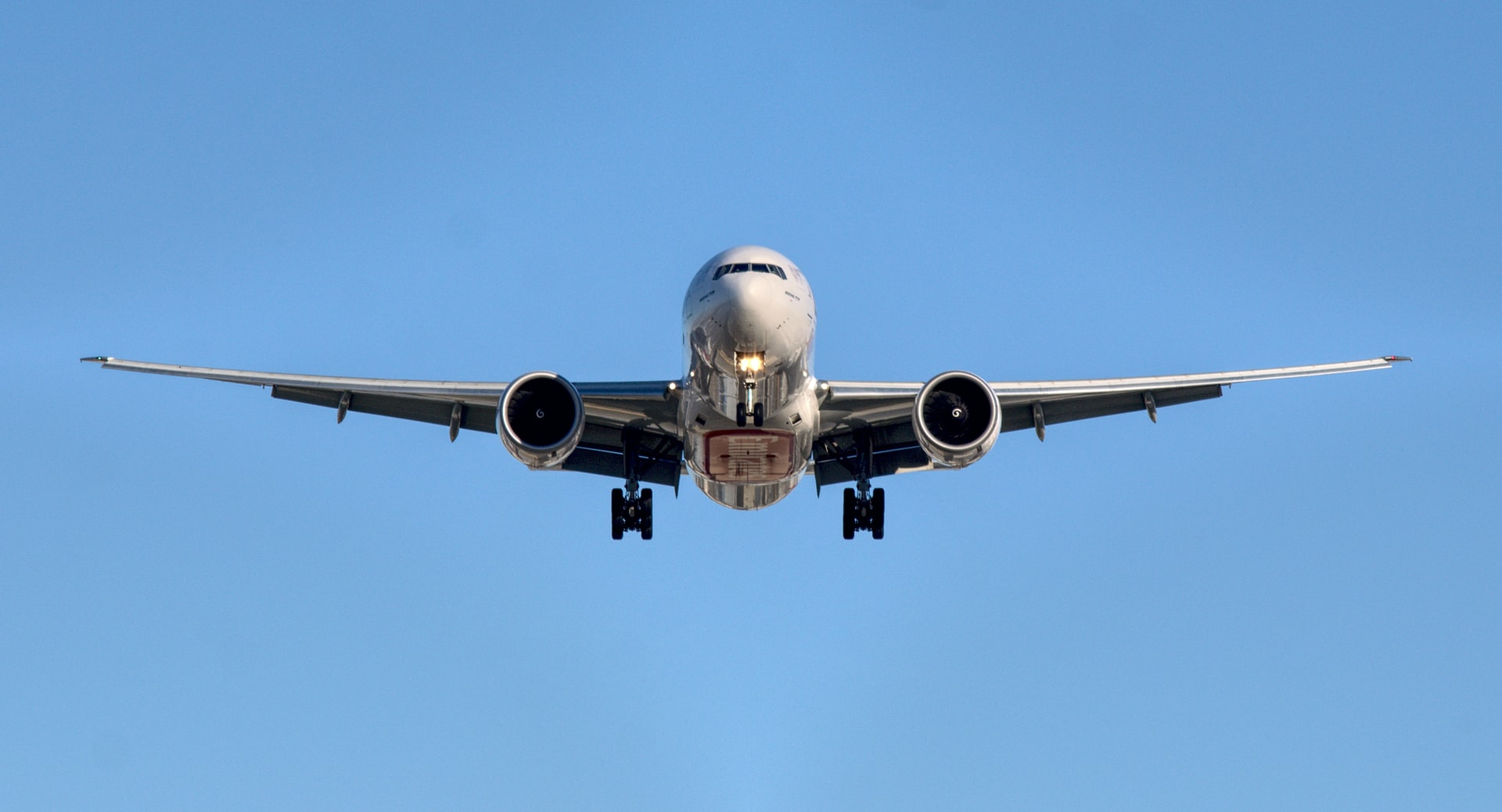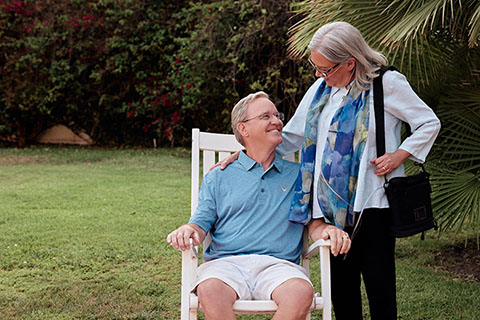However, the airlines and Federal Aviation Administration (FAA) have a long list of rules and regulations you need to know before boarding with your device. For instance, you cannot bring an oxygen tank onto an aircraft because it contains compressed gas or liquid oxygen, which are considered hazardous.
Some airlines will allow portable oxygen concentrators for airplane travel. If you are planning for your next flight and will be bringing an oxygen concentrator with you, following these valuable tips will make traveling with a portable oxygen concentrator (POC) smoother:
Consult with your practitioner
If you are undergoing regular treatment for a respiratory condition, always check with your practitioner to ensure it is safe for you to travel by air. Also, ask for specific details regarding your oxygen requirements so you are fully prepared during your trip. Be proactive by mapping out treatment details with your practitioner to follow while you are away, including frequency of use and establishing a proper flow rate.
It is also helpful to ask for a written statement describing your diagnosis and oxygen requirements. Some airlines may require medical proof of a diagnosis to bring a concentrator onboard, so having this documentation handy will make your travel experience easier.
Charge your device(s)
An easy-to-forget yet essential step before heading to the airport is ensuring your POC is fully charged. You will likely have access to power once you are on the plane, but the FAA requires you to pack enough battery power for 150 percent more time than the expected flight duration. And remember to factor in potential layovers or delays when you are packing your power.
Keep in mind that any spare batteries you bring aboard must be safely stored per the FAA's guidelines. You are prohibited from carrying them in your checked baggage and must store them in your carry-on. Keep spare batteries wrapped in their original packaging, a separate plastic bag, or tape over any exposed terminals to insulate them.
One last thing to add to your itinerary—be sure to recharge your batteries before your return flight.
Prepare for takeoff
Once you have made all the necessary preparations, you will be ready to get through your flight comfortably. Keep these things in mind going into your flight:
- Board early: Arrive at the gate well ahead of your departure time so you can board the plane with your oxygen equipment before it gets too crowded. When you arrive at the gate, confirm your information with the airline representative so they can get you seated early.
- Store your device: Tuck your POC under the seat in front of you. Avoid stacking anything on top of the machine so air can flow freely through the device.
- Change seats if necessary: If you find yourself in an exit row, ask a flight attendant if you can switch your seat. FAA guidelines prohibit passengers flying with a POC to sit in an exit row in case of an aircraft emergency.
- Pack your user manual: Always follow the manufacturer’s recommendations for the safe use, storage and travel with your POC. It is a good practice to keep the device's manual on your person during air travel with oxygen, especially if you are not used to using the POC. If a technical issue should arise with your device during the flight, you can then consult the manual to resolve the problem.
Think of Lincare as your travel companion
If you still have questions, remember that our team is always available to assist you. Our goal is to make traveling with a POC as simple and worry-free as possible. If you do not already have an oxygen concentrator, we can help you determine the best portable oxygen concentrator for air travel. If you are traveling domestically within the U.S., additional travel assistance services we provide include:
- Convenience: Lincare has over 700+ locations in 48 states.
- Travel arrangements: We can help arrange oxygen equipment for you whether you are traveling by plane, car, train, or bus.
- Delivery and pickup: We deliver and pick up portable oxygen to your home or home away from home in the states we operate.
- 24/7 emergency delivery: Priority service is available when your travel destination is within Lincare’s servicing area, including during off-hours, holidays, and weekends.
As part of our commitment to provide unmatched patient care, we are always just a phone call away. Before your next trip, contact Lincare to discuss how we can help make traveling with oxygen easier and more comfortable.


